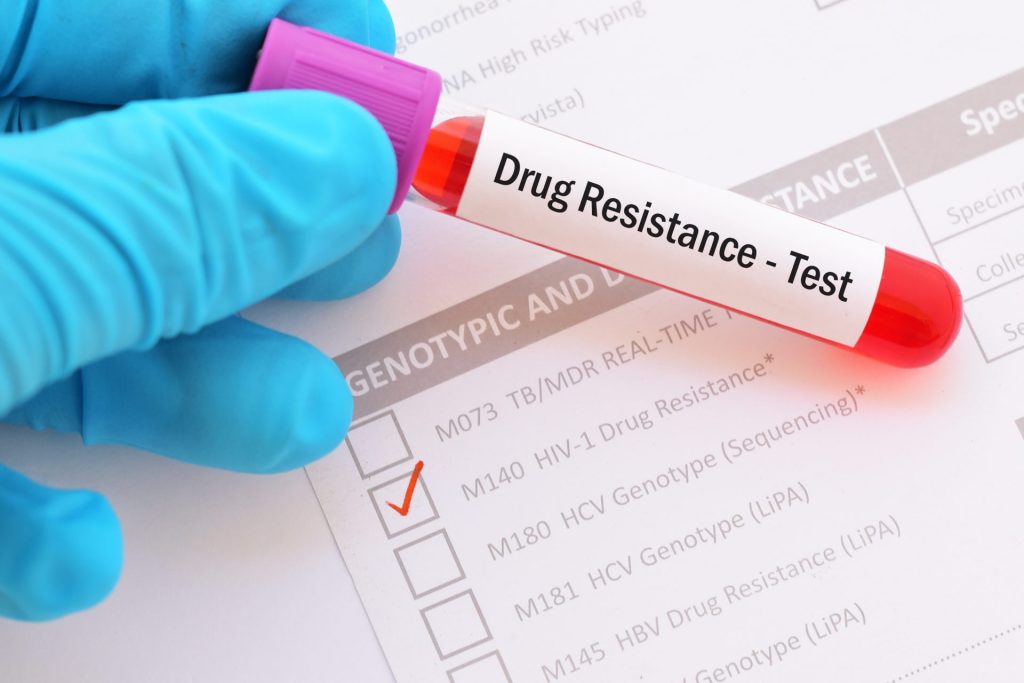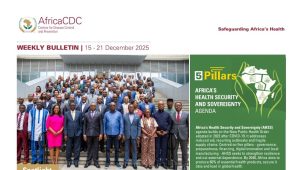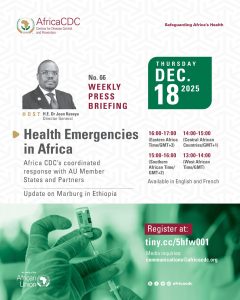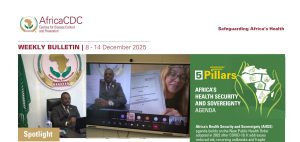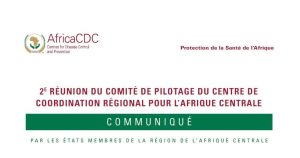Results from a newly published study highlight the growing spread of drug resistance across 14 African countries, underscoring the urgent need to strengthen laboratory testing, data systems, and health planning to tackle hard-to-treat infections.
The study, known as the Mapping Antimicrobial Resistance and Antimicrobial Use Partnership (MAAP), is the largest of its kind ever conducted in Africa. It was led by a coalition including the Africa Centres for Disease Control and Prevention (Africa CDC), the African Society for Laboratory Medicine (ASLM), One Health Trust, and other regional partners.
Researchers reviewed more than 187,000 test results from 205 laboratories, collected between 2016 and 2019 across Burkina Faso, Eswatini, Ethiopia, Ghana, Kenya, Malawi, Mali, Nigeria, Senegal, Sierra Leone, Tanzania, Uganda, Zambia, and Zimbabwe.
Drug resistance occurs when bacteria change in ways that make antibiotics—medicines used to treat infections—less effective. This means that common infections become harder to treat, more expensive to manage, and more likely to spread.
The study examined bacteria that commonly cause serious illness, such as E. coli, Staphylococcus aureus, and Klebsiella pneumoniae. One of the most concerning findings was that resistance to a powerful group of antibiotics, known as third-generation cephalosporins, was especially high in Ghana and Malawi.
In six countries, more than half of the Staphylococcus aureus samples were resistant to methicillin—an antibiotic commonly used in hospitals. In Nigeria and Ghana, resistance levels exceeded 70%.
The research also showed that some groups are more likely to have drug-resistant infections. People over the age of 65 were 28 per cent more likely to have resistant infections than younger adults.
Patients already admitted to hospitals had a 24 per cent higher risk, likely due to increased exposure to antibiotics. Previous use of antibiotics was also linked to higher resistance.
However, the study also revealed serious gaps. Fewer than 2 per cent of health facilities were equipped to test for bacterial infections, and only 12 per cent of drug resistance records were linked to patient information. Without this kind of data, it is more difficult for health officials to understand how and why resistance is spreading.
The quality of data varied between countries. Senegal had the strongest systems, while Sierra Leone struggled with data collection. Many laboratories still use handwritten records, and most lack reliable digital systems.
Supported by the UK’s Fleming Fund and the US Centers for Disease Control and Prevention (CDC), the study calls on governments to make drug resistance a national priority by investing in better laboratories, routine testing, and stronger digital systems. Without action, the threat of drug resistance could reverse decades of health and development gains.
“For African countries, AMR remains a complex problem, leaving countries with a million-dollar question: ‘Where do we start from?’ This study brings to light groundbreaking AMR data for African countries. We must act now—and together—to address AMR,” said Dr Yewande Alimi, the One Health Unit Lead at Africa CDC.

